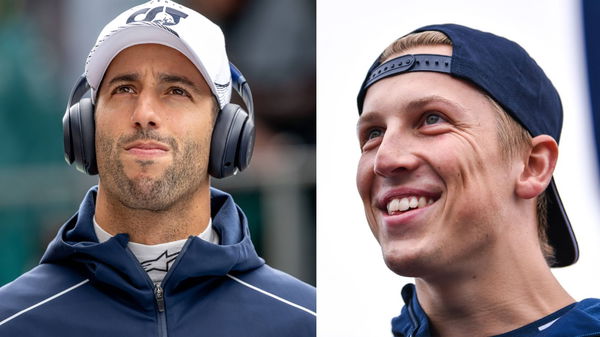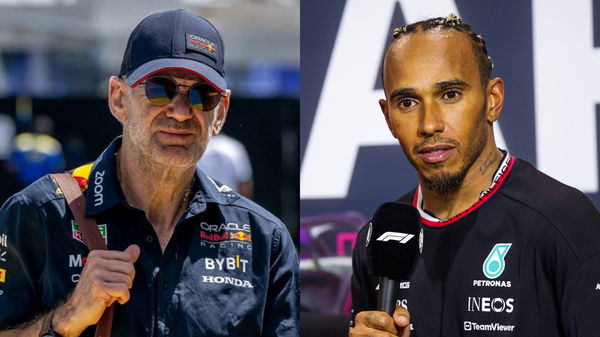Charles Leclerc Opens up on the Difficulties of Getting Back to F1 Post the Coronavirus Shutdown

Follow Us

Scuderia Ferrari’s Charles Leclerc opened up on the effects of the extended shutdown on driver fitness before the season begins. The Monegasque highlighted the importance of keeping fit and the possible difficulties drivers could face after a long offseason. Despite being on an extended break, drivers don’t have the luxury of taking their foot off the accelerator when it comes to exercise and diet.
Charles Leclerc reveals the effect of the shutdown on drivers
Throughout the year, F1 drivers adhere to a strict fitness and diet regime. To cope with the immense G forces and physical challenge of driving a Grand Prix car, drivers need to train. As a result, all drivers undergo rigorous training and follow a strict diet to keep fit. However, the extended shutdown makes things a little complicated.
ADVERTISEMENT
Article continues below this ad
Despite having the extra time off, drivers need to train as hard as before to stay sharp and fit. F1 is currently describing the situation as “fluid” which means drivers need to be fit enough to jump into the car tomorrow, should the situation arise.
ADVERTISEMENT
Article continues below this ad
Trending

Daniel Ricciardo To Be Replaced by Liam Lawson After Miami, F1 Pundit Dishes Out Harsh Verdict After Australian’s “Amateur Mistake”
April 17, 2024 11:14 AM EDT

Adrian Newey Hits Out at Climate Activist Lewis Hamilton’s Fuel Protest, Desperate to See V10 Engines Again
April 15, 2024 12:35 PM EDT

“I Was Quite Depressed”: Adrian Newey Makes Brutal Revelation as He Reveals Red Bull Heavily “Struggling”
April 15, 2024 02:38 PM EDT

F1 Rumor: Carlos Sainz Offered 2-Year Deal for Mercedes by Toto Wolff
April 12, 2024 12:16 PM EDT

Charles Leclerc: “I’ve Been Suffering More Than [Carlos] Sainz Has”
April 18, 2024 12:13 PM EDT
Get instantly notified of the hottest F1 stories via Google! Click on Follow Us and Tap the Blue Star.

Follow Us

Charles Leclerc gave some interesting insight into his training program and what he’s doing to stay prepared. Leclerc also revealed the disadvantage of being away from F1 for an extended period of time. Speaking to Auto Motor und Sport, Leclerc said:
“The feeling in the cockpit will certainly be a bit strange. Driving for the first time after such a long time and then it starts with training, qualifying, and the race. That will certainly not be the case become easy. You have to get used to it first. “
ADVERTISEMENT
Article continues below this ad
“The simulator certainly helps to train reflexes and to stay focused. But of course, the centrifugal forces and the real behavior of the car cannot be simulated. The cards could be shuffled a bit.”
The other important factor to consider is the hectic schedule of the F1 calendar when racing resumes. The sport plans to conduct at least 15 races in the span of a few months. Thus, drivers must prepare mentally and physically to cope with seemingly never-ending travel and hopping in and out of the car for races in a shortened time frame.
Written by:
